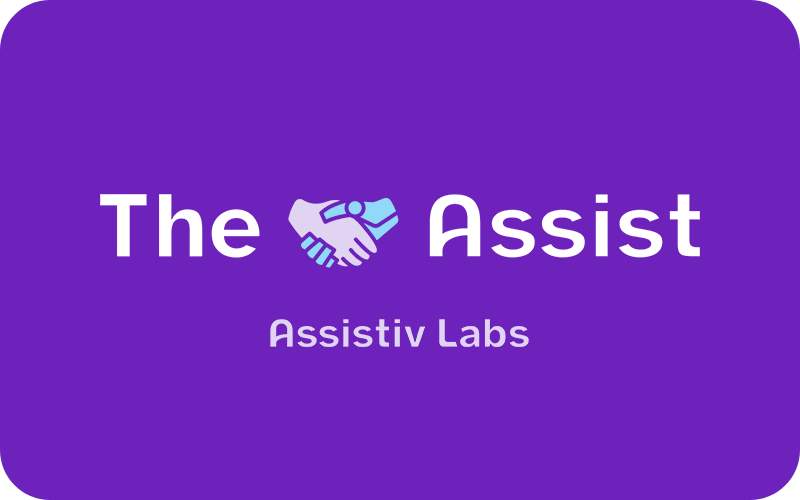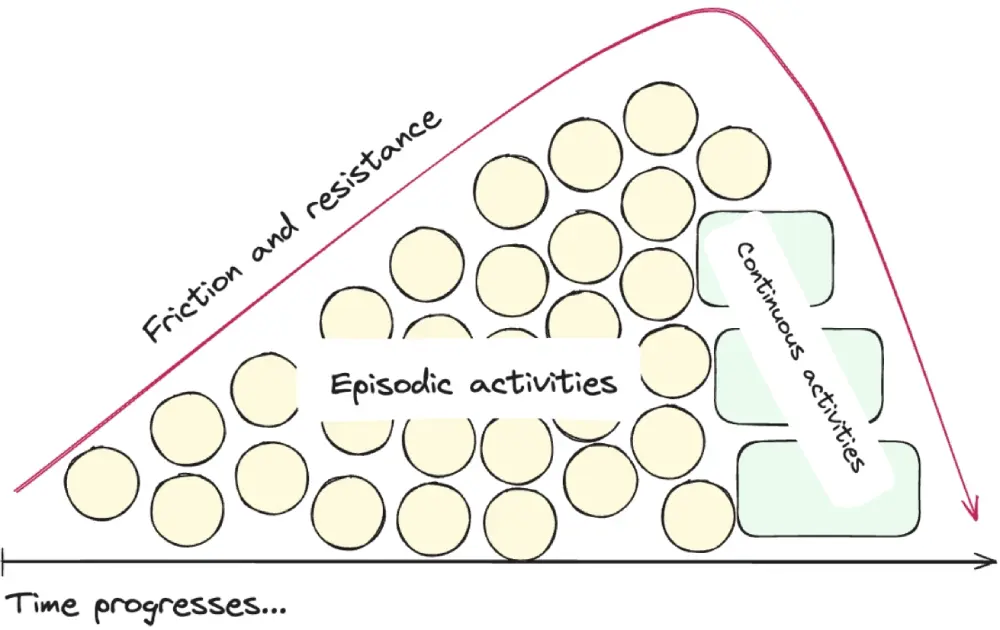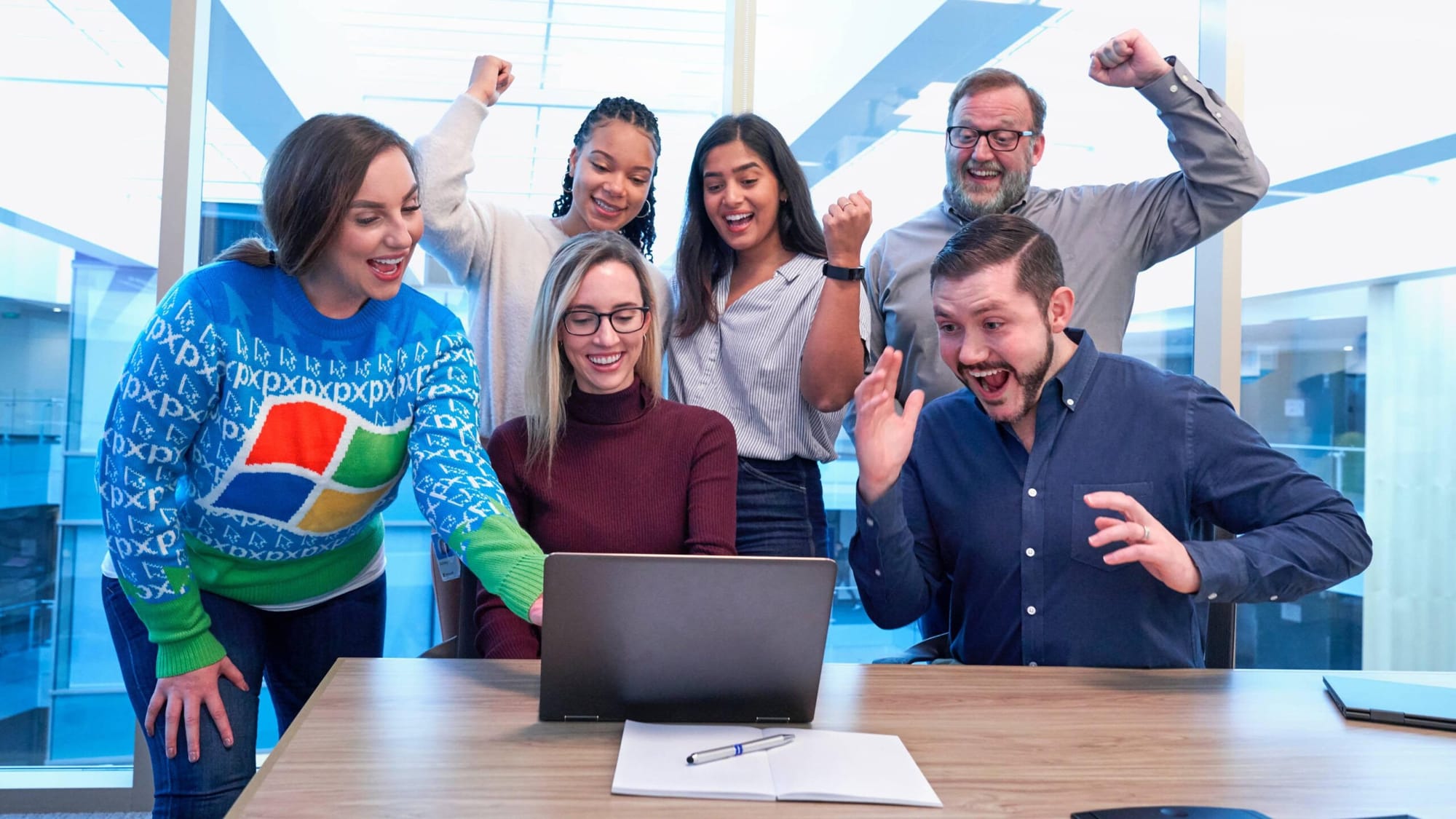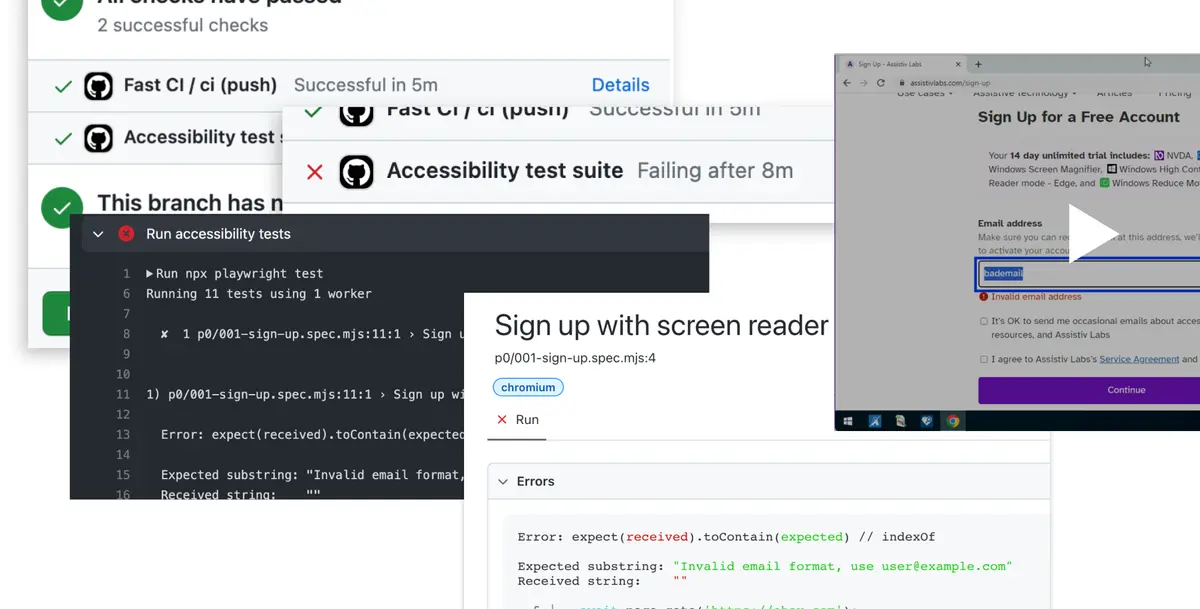Great tools + thoughtful processes take the friction out of accessibility work

Companies that are truly committed to improving the accessibility quality of their products employ a combination of great tools and thoughtful processes to accomplish their objectives.
Asana, one of our customers, is a great example of this. We’ll talk more about how they managed to make a lot of progress in a short amount of time by leveraging Assistiv Labs’ services in smart ways.
Our friend, Devon Persing, wrote a whole book about accessibility operations, so we asked her to contribute an article to our site that goes deep on how to leverage systems to get past the dynamic of ever-increasing friction the more you push on accessibility in your organization.
The Assist is the official newsletter of Assistiv Labs. We build tools to help the people who make the web make it more inclusive. 💙
The Assist publishes 3 or 4 times per year and includes our perspective on trends in web accessibility, company and product updates, as well as tips & tricks and other news relevant to accessibility teams, developers, and QA professionals.

How Asana leveled up their accessibility work
Asana has spent years working hard to improve the accessibility of their workplace collaboration product. Like many companies, they used to employ a combination of automatic scans (such as axe-core) and manual validation via QA and audits. Using this approach, they made progress, but it sometimes felt like swimming upstream.
Over the last 2 years, Asana made operational changes to clarify how to prioritize accessibility work. Those changes, coupled with Assistiv Labs’ end-to-end testing service, have shifted the culture in their product organization. Now, accessibility bugs are just…bugs. And they get fixed, fast.
Read more about how end-to-end testing leveled up the way Asana engineers think about accessibility.
Creating systems for accessibility work
Asana’s efforts are a great example of how creating systems around accessibility work can take a company culture and move it from episodic to continuous accessibility. Devon Persing’s must-read book, The Accessibility Operations Guidebook, goes into detail about the impact of getting over that hump. (If you haven’t yet read it, stop what you’re doing and buy it. Seriously.)
In her book, Devon talks about how, when your accessibility efforts are episodic in nature, the friction in the organization around the work tends to build. When accessibility becomes truly integrated into the organization’s operations, much of that friction falls away.

Devon expands on this idea in a new article on our site around creating accessibility systems. If you’ve been struggling to move from reactive to proactive accessibility, you’ll find this article helpful.
We’re excited that Devon’s article was picked up by both A11yWeekly and the WebAIM newsletter!
How automatic/automated tools help to advance accessibility maturity
Back in November (which, if we’re being honest, feels like eons ago at this point, amirite?), Andrew gave a talk at A11yNYC – Accessibility New York City on the ways we can use automation to make progress against the W3C accessibility maturity model.

Automations won’t instantly push your organization to the highest levels of accessibility maturity. For example, axe-core isn’t going to make your hiring or procurement processes more inclusive of people with disabilities. But, within the scope of the software/product development lifecycle, there is a significant percentage of the proof points where automations can help.
In the talk, Andrew makes a distinction between automatic tools (those designed to scan either code or a rendered website and surface errors) and automated tools (those designed to replicate something a human would otherwise do). Both can contribute, but it’s helpful to understand the strengths and limitations of each.
The best-known example of an automatic tool is axe-core. It’s free-ish* and fast, but it’s limited in what it can find largely because it has no way to know the design intent or user context of whatever it’s pointed at.
*Free-ish because while the library is free to use, it does take time both to set up and maintain the integration and to triage results. And, as the old adage goes, time is money!
Assistiv Labs’ accessibility-first end-to-end testing service is an example of what we mean by an automated tool. We extended a popular web application testing framework with APIs that allow us to use real assistive technologies to validate how, for example, a screen reader user would perceive a website. We conduct a human audit of key user flows and encode the audit into tests that can be run as often as every code change.
We built our system to bridge the gap between comprehensive manual audits and the speed at which teams at companies such as Asana, ServiceNow, Slack, and Zendesk actually ship code—usually many times per day.
Get in touch to schedule a demo.
End-to-end accessibility testing slots now available!
You can tell by the fact that this whole newsletter has been about it that we are incredibly excited about our accessibility-first end-to-end testing service. 😅 We believe it fills a huge gap in both the tooling and audit ecosystems and we’d love for you to try it.

At the same time, it’s important to us that we never compromise on the quality of the offering. To that end, we limit the number of new customers we onboard at any one time.
We currently have 2 slots remaining for Q2 2025. If you’ve been wondering whether this service could help you achieve your digital accessibility goals, now is a great time to talk with us!
What’s good, fam’? (In terms of accessibility conferences you’ll be attending in 2025, that is…)
Andrew will be hopping down the coast to CSUN mid-March for a couple of days to catch up with folks and hopefully catch a glimpse of Stevie Wonder. We'll know if we're again able to attend Accessibility Camp Bay Area once dates are set for that event. After that, we plan to have our usual October presence at our favourite tech conference, a11yTO Conf in Toronto.
What other meetings are y’all planning to attend this year? We have our sights set on M-Enabling and Disability:IN. Will you be at either of those? What other accessibility-focused conferences do you find worthwhile?
Let us know by replying either to this email or our Bluesky post asking the same question! 🙌
New year, fresh look! 💅
Did you notice that this email has a different header image than newsletters past? That's because we recently launched a wee refresh of the Assistiv Labs brand.

We were privileged to get to work with Jess Oddi to come up with a more modern presentation for who we are as a company. And we're kind of in love with the new look, to be honest. 💜
Our website and important social channels have been updated, but we're still working through updating the myriad places where our brand shows up, so if you spot the old stuff in the wild, please let us know!